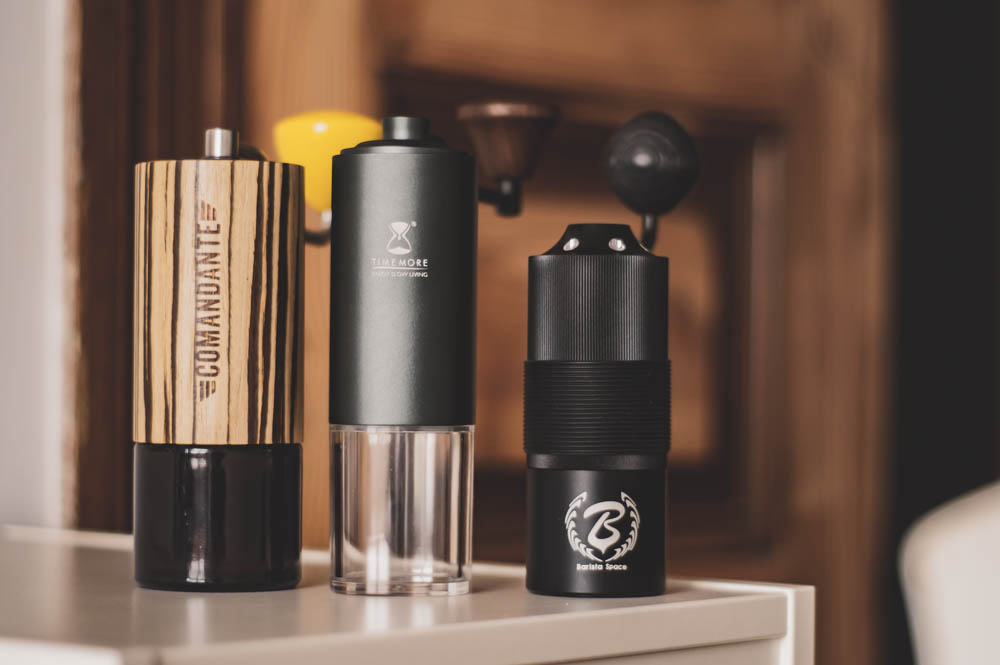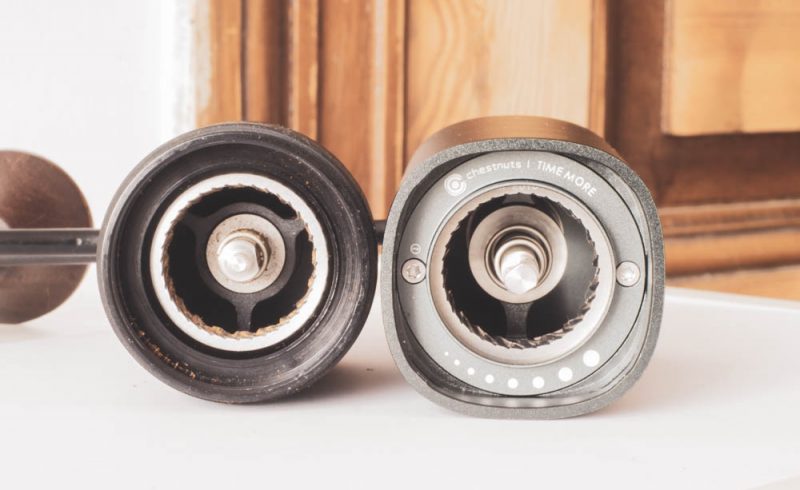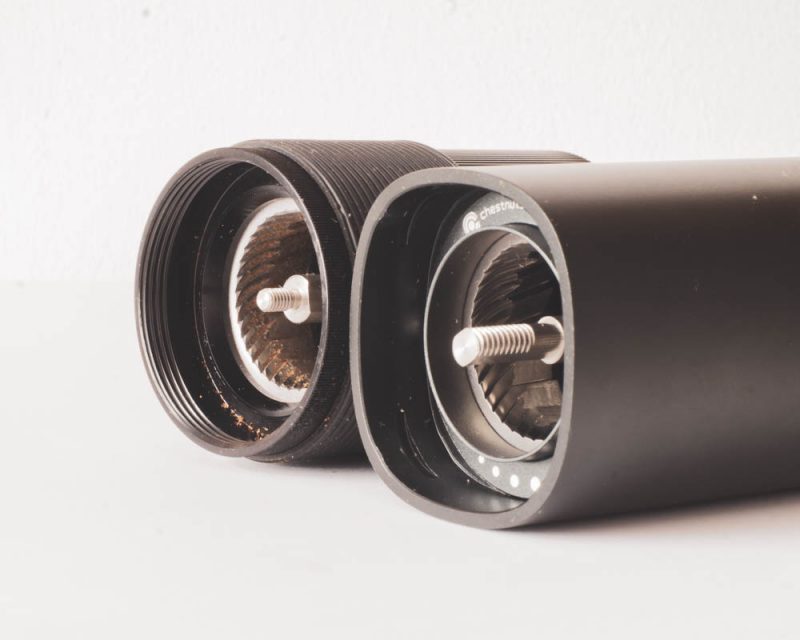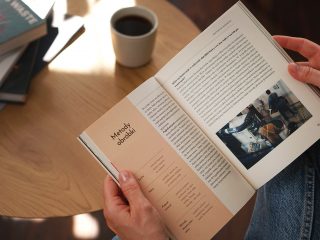I had an opportunity to test another piece of equipment and this time I went with manual coffee grinders! Which grinder should you choose if you are thinking of steel burrs? Today I am looking into three coffee grinders: Comandante, Timemore Chestnut and Barista Space. Let’s see how they compare.
Please, take it as a semi-amateur entry, because I’m not trained in the classification of grinders. I take measurements and make descriptions based on what I see, measure, weigh and consider worth noting, backed up merely by the 12 years I spent working with coffee.
To compare three grinders – Comandante, Timemore Chestnut, and Barista Space I will consider the following seven features:
- Design
- Dimensions
- Capacity
- Weight
- Construction
- Grind settings
- Quality of the grind / burrs
So, let’s go!
1. Design
As you can clearly see in the photo:
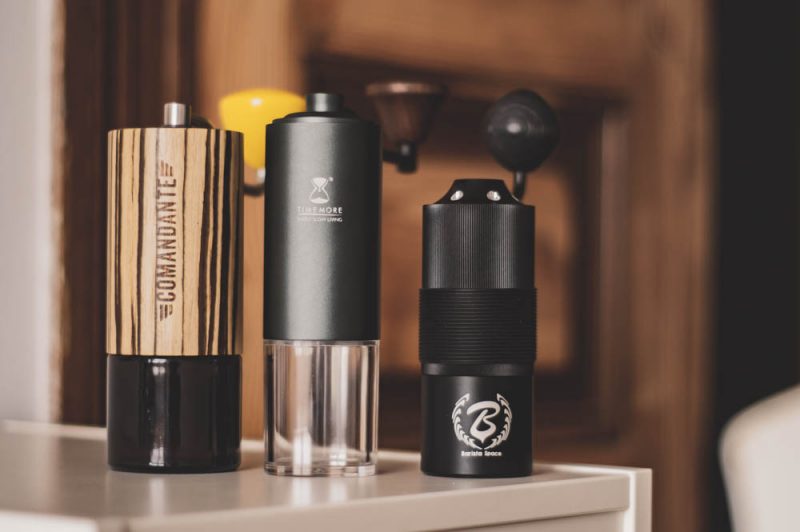
Comandante Zebra
The grinder is made of a wooden texture applied onto an aluminum body. The coffee container is made of glass and looks like a small jar. The size is optimal – the grinder is easy to grip and the handle is comfortable. The colors of these grinders are diverse, so everyone will find something they like.
Timemore Chestnut Grinder Black Transparent
The Timemore grinder is an aluminum body and a plastic hopper (it is also available in other versions – with a wooden hopper). Despite the plastic at the bottom, the whole thing looks very good and fits well in the hand. The available color versions are rather classic and universal compared to color choices in the Comandante offer.
Barista Space
The whole grinder is made of aluminum, solidly constructed. It lies very firmly in the hand because it is smaller in diameter than the Comandante. It is available in many colors – black, gold and green and more. The rubber band on the grinder makes the grip even more stable.
In my opinion, the Barista Space is number one when it comes to a sure grip, then there’s the Timemore grinder and, lastly, the Comandante. Most likely it is due to the grinder’s overall diameter.
In each of the grinders, the knob of the handle is made of wood – in the Comandante you can also replace the knob with a knob of a different color.
2. Dimensions:
The Barista Space grinder is by far the slimmest of the three – it will be the most compact solution for travelers. The Comandante is the most massive due to its largest diameter, which also translates into capacity – but we’ll get there!
The Comandante:
- height (without the handle) – 15 cm
- length of the handle with the knob (measured from the center of the grinder) – 14 cm
- diameter (without the handle) – 6 cm
The Timemore:
- height (without the handle) – 15.5 cm
- length of the handle with the knob (measured from the center of the grinder) – 14 cm
- diameter (without the handle) – 5 cm
The Barista Space:
- height (without the handle) – 12 cm
- length of the handle with the knob (measured from the center of the grinder) – 12 cm
- diameter (without the handle) – 5 cm
3. Capacity
Capacity seems to be one of the key variables in a grinder. I checked how much coffee we can pour into the hopper, which means how much coffee can be ground at once.
Information for the curious and those who need to know (because every 0.0001 g of the weight of a bean makes a difference!) – I used Arcaffe Roma coffee for testing, because it simply was at hand.
The Timemore – holds about 30 g of coffee
The Barista Space – holds about 15 g of coffee
4. Weight:
Important information for travelers who count every single gram is the weight of the grinder – the differences are quite significant.
The Timemore – 525 g
The Barista Space – 450 g
5. Construction
Each of the grinders is based on a very similar design – one burr is stationary and the other is movable. The adjustment and range of distance of the moving burr is based on a threaded axle and a spring in each of the structures. In short, the grinders in our comparison work on the same principles.
6. Grind setting
How many clicks here, how many clicks there? Let’s check how the grinders deal with the adjustment of the coarseness of the grind.
The Comandante
The grind adjustment knob is made of a well-profiled plastic, thanks to which we can comfortably adjust the grinding. An additional advantage are the ball bearings in the crank and appropriately profiled recesses in the lower burrs, thanks to which the regulation is very smooth. You hear very characteristic clicks.
The Timemore
The grind adjustment knob looks a bit different here than in the Comandante, but the principle of operation is the same. Compared to the Comandante and the Barista Space – it looks more like a flat screw-on cap, which also has balls at the bottom. The adjustment is smooth and without much resistance. You can hear characteristic clicks – not as loud as in the Comandante, though.
The Barista Space
The design closely resembles that of the Comandante grinder with a few minor differences. The knob is made of metal, it looks very solid and well-profiled – but the edges are quite sharp, which makes the grip not so comfortable. The grooves on the burrs are quite small – so the adjustment is not that smooth and you need to apply some force to change the grind size. The clicks are also quiet – but they can fade away when the grind is set to quite coarse.
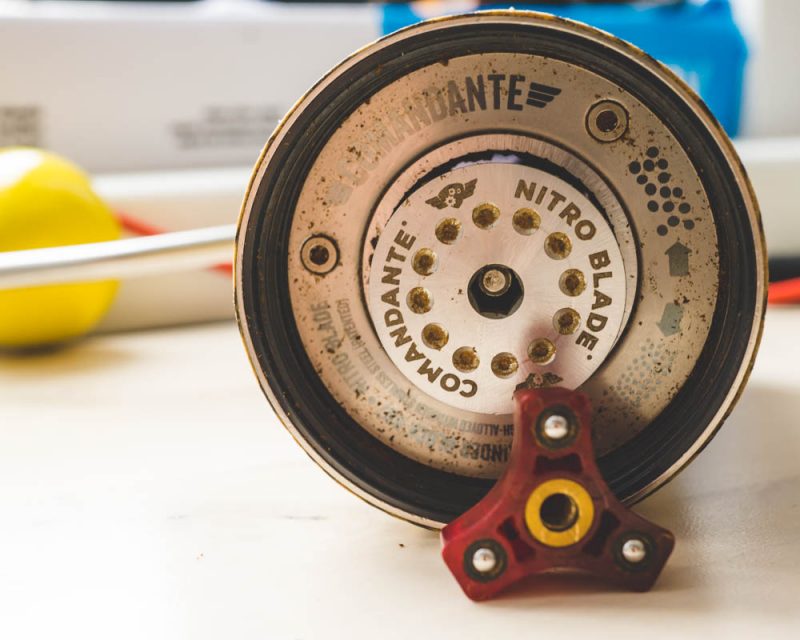
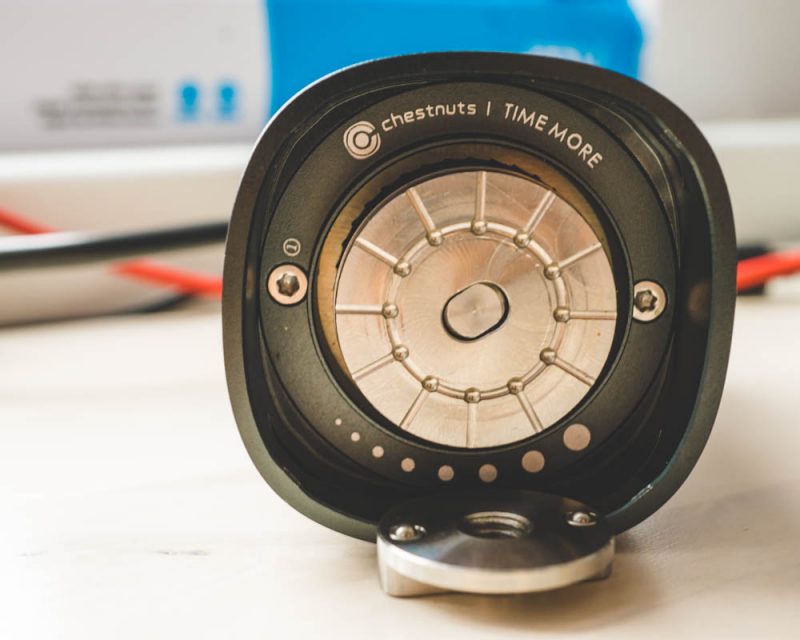
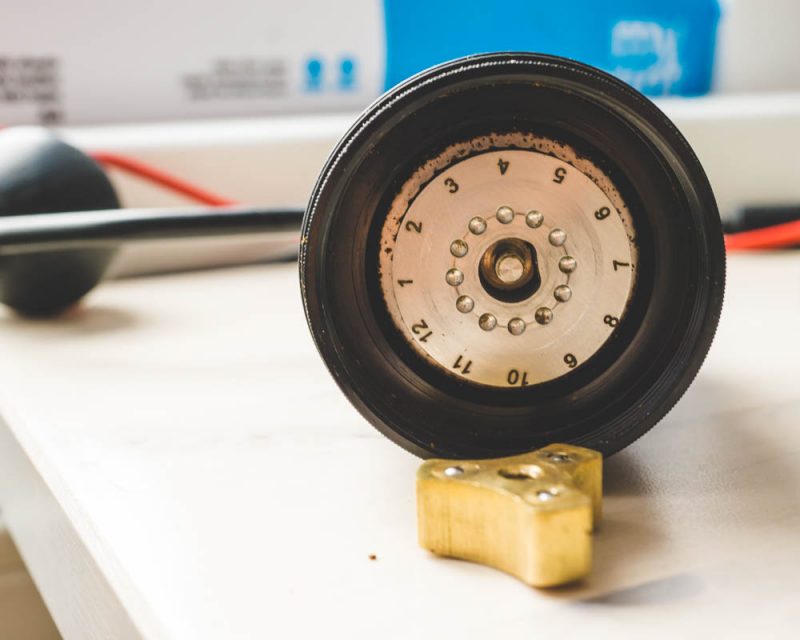
The axles are also a very important element in the grinders – it is largely dependent on them how precisely the grinder is set. The denser the thread, the better the grinding will be adjusted to our preferences.
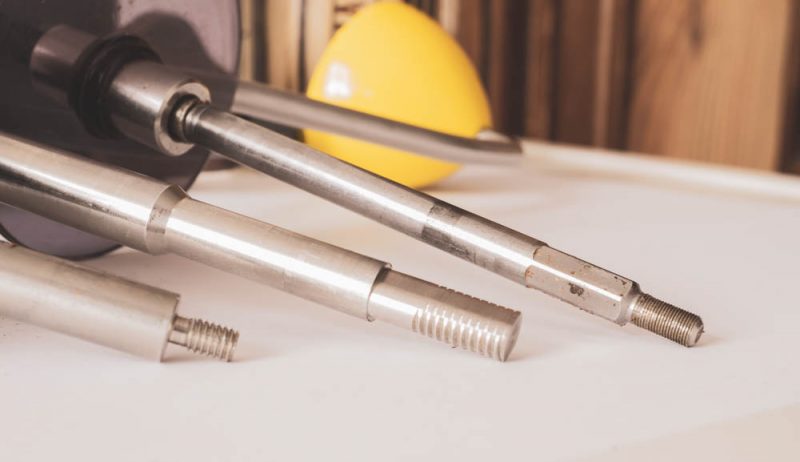
7. Quality of the grind / burrs
Pictures of the burrs of our tested grinders are presented below:
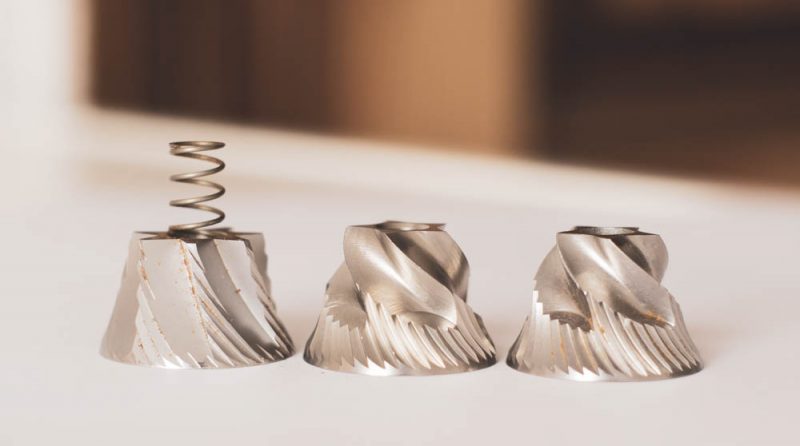
The shape of the burrs in the Barista Space and the Timemore looks identical, they only differ in the inner hole, which is round with a cut side in the Barista Space, while in the Timemore it resembles a bean. The Comandante burrs differ significantly from them at first glance.
Below is a photo of what the evenness of the grind looked like in each case.
Of course, it depends on many factors. Such as the burr wear or the grinding coarseness – which is difficult to set exactly the same in each of the grinders. But, after all, we’re not in the lab.
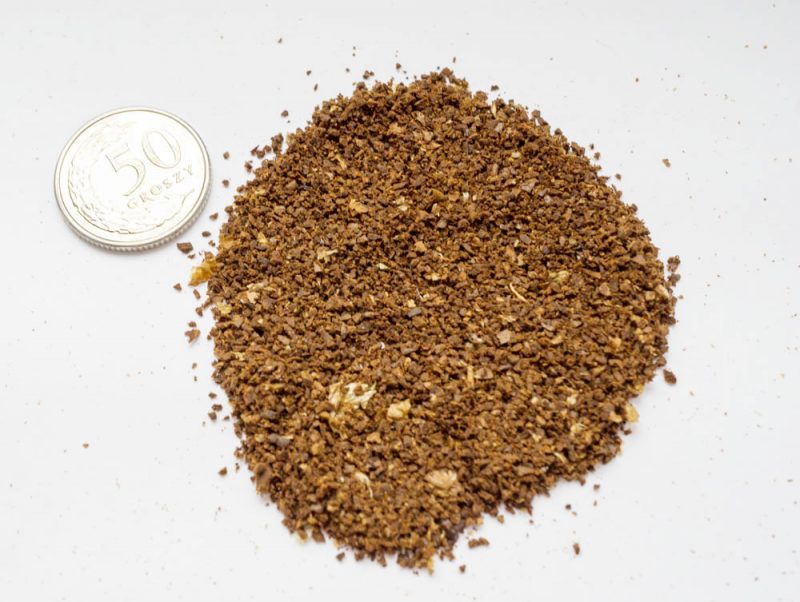
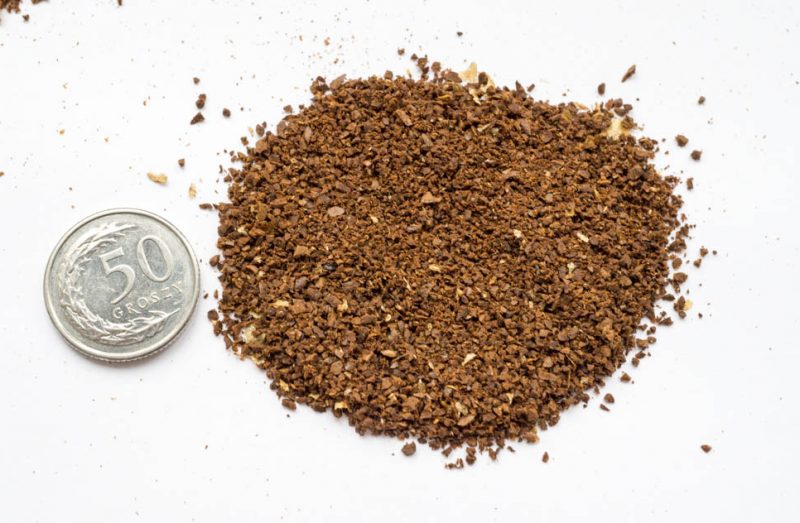
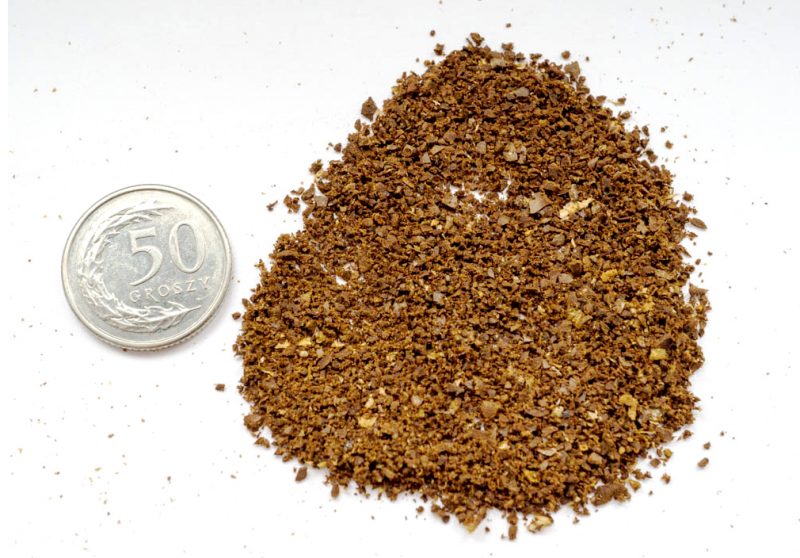
Summary
Each coffee grinder has ground my coffee and I was able to make coffee in a dripper and AeroPress, so they all did the job.
The grinding experience in each case was very pleasant. However, in my opinion – grinding with the Timemore and the Comandante was smooth as silk, and in the case of the Barista Space it felt as if the burrs were biting into coffee. In my opinion, it depends mainly on the length of the handle.
The Comandante and the Timemore fare better when it comes to loading capacity per grain. I had to add more coffee to the Barista Space to make a small coffee in a drip. The ground coffee container attached to the thread is a plus for the Comandante and the Barista Space. In the Timemore, the container is mounted on small balls, which may wear over time (although they work great so far). In the so-called café ‘workflow’, just in the home version, it was easier and more pleasant for me to work on the Comandante and the Timemore.
I don’t choose the winner, and I leave the evaluation of the grinders to you. I hope that such a comparison will help anyone with a dilemma what to choose. Perhaps your budget will be decisive, maybe it will be compactness or you will go for perfect grinding. Each of these grinders offers something different on different budgets, so everyone should find an option for themselves.
I’ll stick to my Comandante. I would gladly give the Timemore to someone close as a gift. But if I had the Barista Space as the first grinder ever, I would still be overjoyed – the quality of grinding and stabilization definitely outperform those of the ceramic burrs!
Still hungry for knowledge? Check out our other articles on the above grinders

